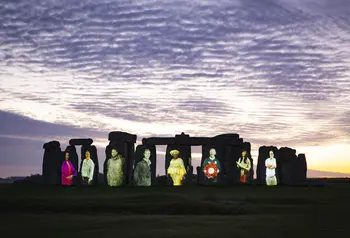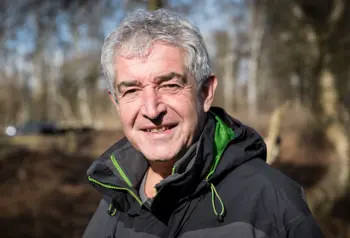Valuing the invaluable: a parks for all fund
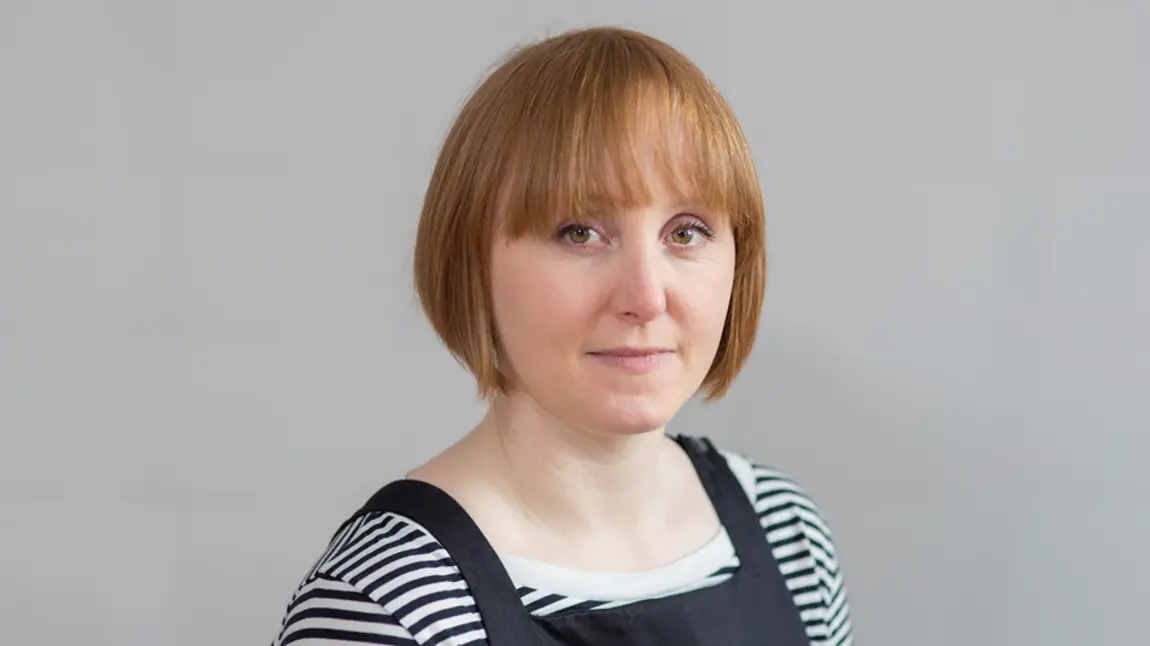
The value of our parks has become acutely felt during the coronavirus (COVID-19) pandemic and associated lockdowns. When being outside was restricted to just one hour a day, town and city parks became the go-to place for many.
Even after the strictest lockdown measures were lifted, parks became a vital resource for both physical and mental health for those with limited access to private outdoor space, small gardens or any semblance of a social life.
Contrast this with recent years, where so often the conversation around the future of parks frames them in terms of cost; as liabilities that must be covered.
We need to change the basic premise of this conversation. We need to understand parks as multipliers of the investments that are made into them.
This will require us to question established models of value.
"Now, of all times, we should recognise that investment in our parks is a public health issue of relevance to everyone in our towns and cities."
The importance of high streets
From the work my practice We Made That did on the High Streets for All study for the Mayor of London – which considered the social value of London’s high streets – I know the challenges that this poses. We’re not very good at placing value on so many of the things that matter.
For this study, high streets were defined as ‘any stretch of adjacent retail unit of 250 metres or more in length’. Though we know from multiple studies that they can include a much wider range of uses than merely shops.
Our research found that 51% of people surveyed on London’s high streets during the day were not employed, compared with 27% across the entire city. This shows our high streets are important places for groups at risk of marginalisation and under-representation: the unemployed, young people, those with young families and the elderly.
Much the same can be expected of our parks. While examples of value such as this can be difficult to quantify – consider the value of a shopkeeper knowing a lonely older person’s name or the value of a child having space to run around – they are nonetheless essential to be recognised as funding decisions are made.
Whilst high streets are certainly facing current challenges, I am encouraged that their value has been recognised sufficiently to attract the £1bn Future High Streets Fund from the UK government.
The value of parks
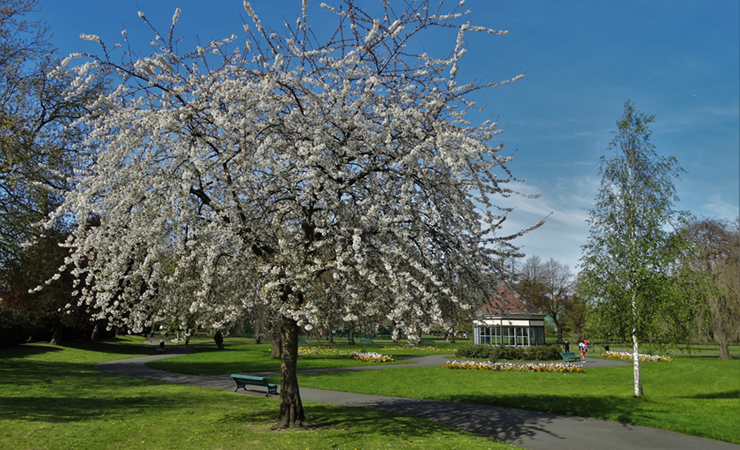
Take just one example of a park delivering for its local community: Myatt’s Field, a 14-acre Victorian park in Camberwell, South London.
Surrounded by diverse communities and a range of socio-economic groups, it has the obligatory open lawns, mature trees and rose beds of a common, or garden, local park.
Alongside these sit tennis courts, a playground, a community café, food growing space and a greenhouse. There's also a 5-a-side football pitch, a basketball hoop, an outdoor pre-school, a nature area, public toilets, secluded ‘no dog’ areas, and a band stand. Plus, it's home to a weekly market, a stone mason’s yard, bee hives and wedding venues.
It’s a Tardis of a park that crams value into its modest scale. Throughout the day and across the week, the park is a hive of activity, bustling with people of all ages and ethnicities, from babes-in-arms to centenarians.
Currently run on a shoestring by a small charity, the value the local communities receive from Myatt's Field outweighs the funding it attracts many times over.
Collectively, we need to be better at evidencing and promoting the value of this public good, and better at maximising it to address the substantial public health challenges faced by our towns and cities, and the global challenge of the climate crisis.
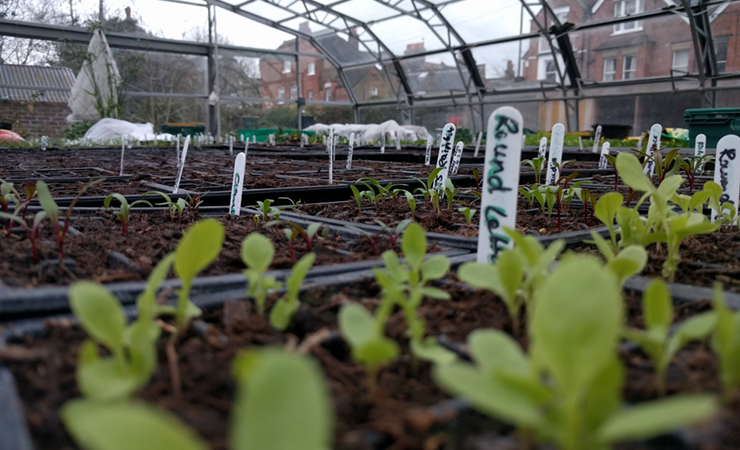
Investing in health
Research has clearly shown the positive health outcomes associated with outdoor activity. If you have access to a good park, your chances of achieving the recommended 20 minutes of exercise that can reduce your risk of heart attack or stroke by 50% are increased.
While the link between investment in public spaces and improved health outcomes has been established, more research in this area would help us to articulate the local public health benefits of high-quality parks.
In Waltham Forest, improvements to streets to prioritise walking and cycling over vehicular transport through the Mini-Holland schemes has caused an evidenced uplift in physical activity with anticipated life expectancy gains of seven months for residents across the borough.
Now, of all times, we should recognise that investment in our parks is a public health issue of relevance to everyone in our towns and cities.
This understanding should lead to greater cross-departmental collaboration within local authorities to target place-based improvements in and around parks – in public health, regeneration, education and economic development.
At We Made That, we see some pioneering examples of this – improvements to the greenspaces on the Chicksand Estate in Whitechapel are funded through the public health team. Recently, the London Boroughs of Camden and Islington have launched a joint Parks for Health programme.
Still, these examples seem to be outliers rather than the norm and the funding they attract is in the hundreds of thousands of pounds, not the hundreds of millions that it needs to make a meaningful difference at a national level.
"With research, leadership and co-ordinated action, we can reframe the conversation around the future of parks."
Parks making positive change
I dream of a 'Parks for All Fund' that is even more generous than the Future High Streets equivalent. A fund that invests public money into parks with confidence that the health benefits and future national health savings more than justify the expense.
This fund will need to cover capital costs for investment in park infrastructure, but crucially must also offer long-term committed revenue funding for maintenance and management.
By focusing on impactful projects that address the grand challenges of our time – public health, the climate crisis, inequality – the fund could bring multiple local authority departments and wider parks stakeholders together, with a focus on delivering genuine and measured change.
Delivered in the spirit of adaptation and innovation, its projects could be used to pioneer our understanding of how to increase engagement with and use of parks, or how to maximise health benefits.
By setting clear, locally-specific missions and establishing the full range of stakeholders needed to deliver on those missions, these projects would help us squeeze the maximum possible value from each and every park. This could include delivering new parks in areas of greenspace deficit, or addressing imbalance in the use of parks across different ethnicities through socially-engaged and bias-aware design processes.
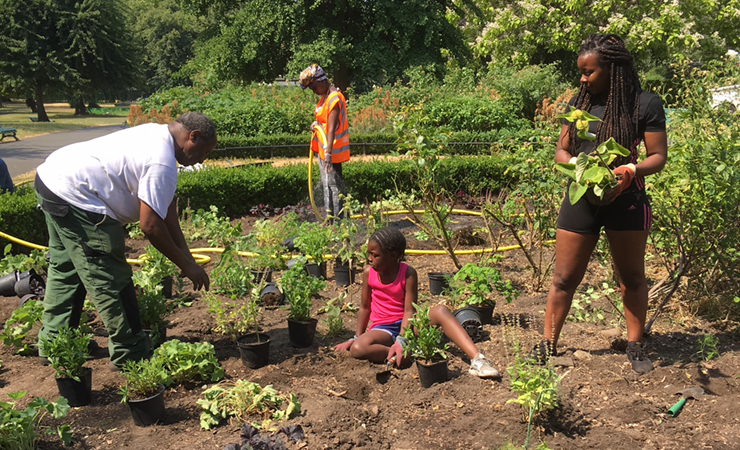
The future of parks is in our hands
Recent action to respond to the COVID-19 crisis shows that funding can be available if the challenge it is tackling is sufficiently pressing. With parks, I believe it is.
Parks are a fundamental ‘public good’. When our parks thrive, people thrive.
Of course, all of this says nothing of the environmental benefits of greenspace in terms of biodiversity, flood management and contribution to tackling the climate crisis.
Rather than ‘nice-to-haves’ whose funding is pressured, discretionary or de-prioritised, a rounded and balanced understanding of the incredible and multi-faceted value that parks offer will see them recognised as net contributors to healthy, productive urban living, which are more than worthy of taxpayer funding.
With research, leadership and co-ordinated action, we can reframe the conversation around the future of parks.
About Holly Lewis
Holly Lewis is an architect and co-founder of architecture and urbanism practice, We Made That. She has led a unique range of urban and research projects for the practice, from pioneering industrial intensification work through to comprehensive high street regeneration projects.
In her roles as Mayor’s Design Advocate for the Greater London Authority and Design Council Built Environment Expert, Holly champions community involvement within the design process, empowering women in the built environment and equitable city-making.
Holly has taught BSc Architecture at the Bartlett School of Architecture, UCL and London Metropolitan University. She has also lectured in the UK and abroad. She is a trustee of The Architecture Foundation.
- Views expressed in the Future Heritage blog series are those of the authors, not necessarily of The National Lottery Heritage Fund. This blog was originally commissioned as a 'what next?' provocation to Rethinking Parks, our joint funding programme with The National Lottery Community Fund and Nesta.
